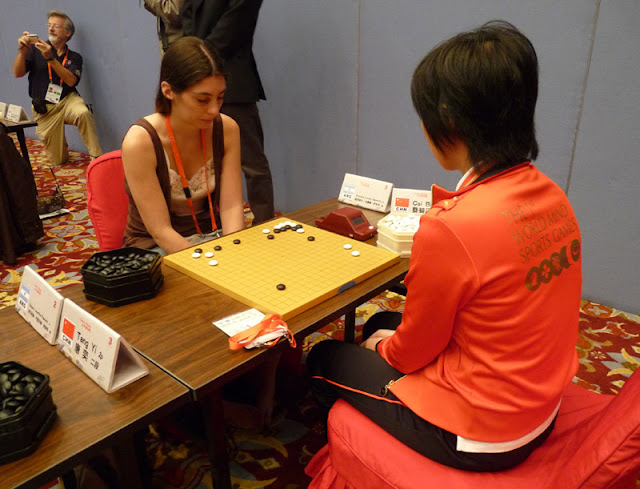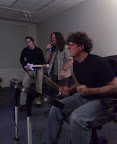Vancouver Game Jam – Announcement
Posted in Conferences - Events on January 15th, 2009 by Veronica Zammitto – Be the first to commentVancouver will be holding one of 52 Game Jams held simultaneously in 22 countries around the world. These Game Jams will all occur during the same 48 hours, January 30th – February 1st, 2009, as part of the Global Game Jam event coordinated by the IGDA (International Game Developers Association).
A Game Jam is usually a 48 hour event where artists, programmers, and designers come together to make games. Each participant works in a small team to develop a game from concept to final product under specific constraints established by the Game Jam event coordinators.
The Vancouver Game Jam will be at Harbor Center (515 West Hastings Street), Simon Fraser University, Downtown Vancouver, BC.
For more information check: http://emiie.iat.sfu.ca/gamejam/index.html
Call for Participation:
We hope to have 40 participants in the event. Participants can be a mix of industry professionals, students, and faculty. Through rigorous evaluation of applications of potential participants, we hope to get a good combination of skills and experiences to harness and promote learning and creativity among groups. We will also invite faculty and industry professionals for mentorship and judging.
You must apply through the process below by Jan 25th in order to participate.
There is a $25.00 participation fee, it will be used to cover costs of coffee and snacks that will be provided during the event.
To participate, please submit the following:
• Your resume.
• A cover letter indicating your current position and the role you would like to take: designer, manager, artists, or programmer.
Send these materials by email to magy @ sfu.ca
Application deadline is Jan 25th 2009.
The application materials will be evaluated by the program committee for the Game Jam to ensure the right number of participants for each role as well as the number of participants fits the limit established (40 participants). We hope to get a good combination of skills and experiences and a good number of both students and industry professionals to harness and promote learning and creativity among groups.
A decision will be emailed to participants Jan 27th 2009.
At this time, successful participants will be asked to register through email and the registration fee of $25.00 for participation. Deadline for registering for the event will be Jan 29th 2009. Failure to register will disqualify the participant and the next participant in our ‘accepted but no space’ pile will be asked to register.
If you have any questions or comments please send them to Dr. Seif El-Nasr at (magy @ sfu. ca).
Looking forward to your participation!


